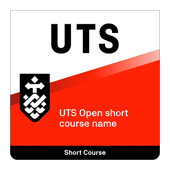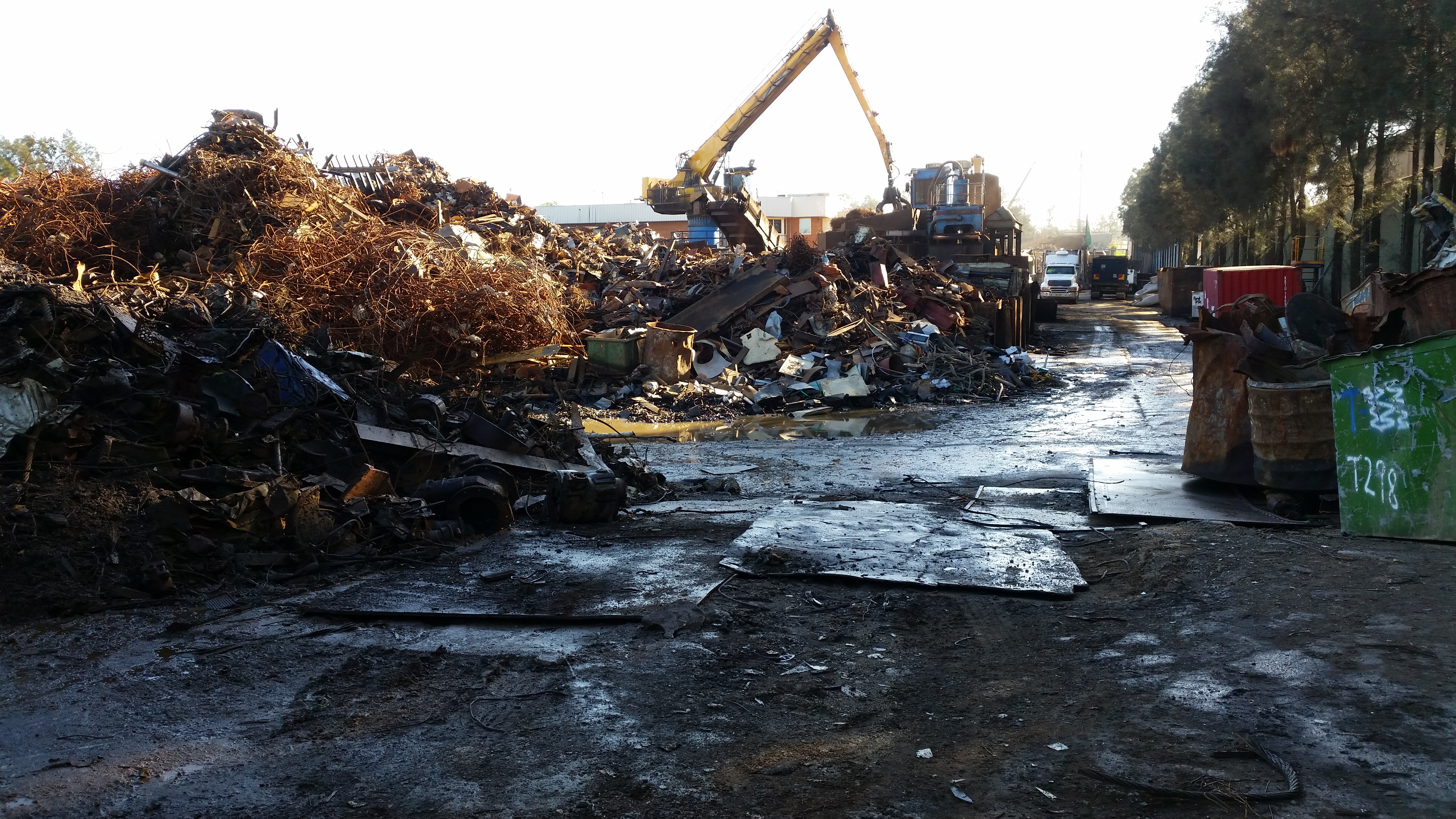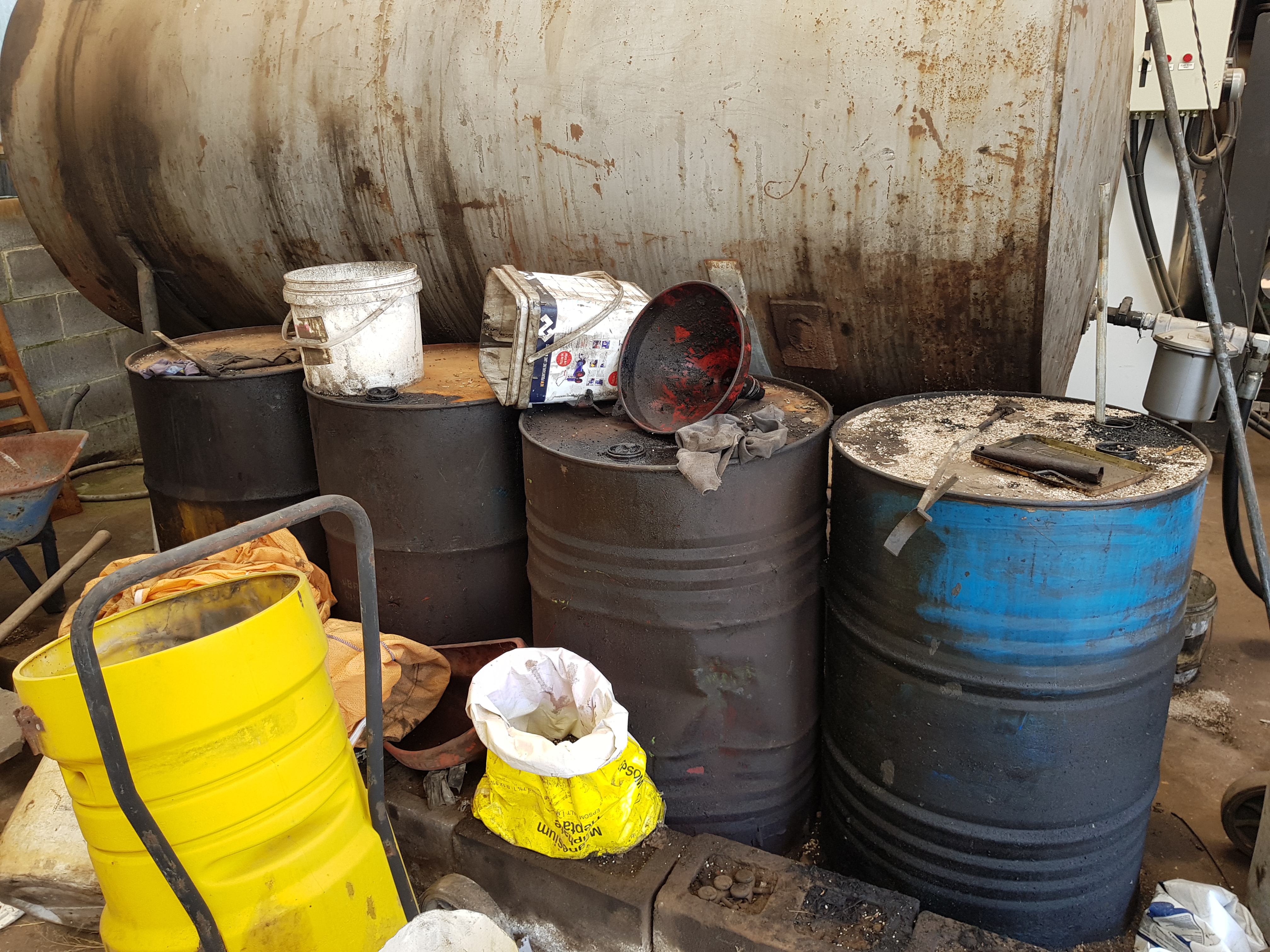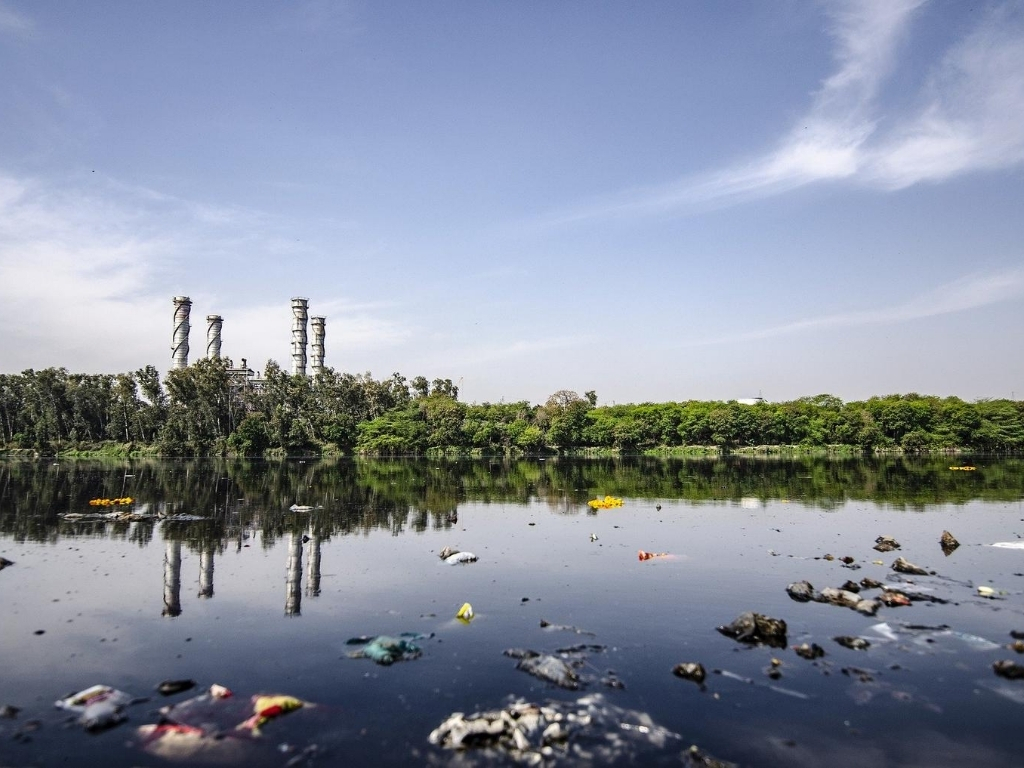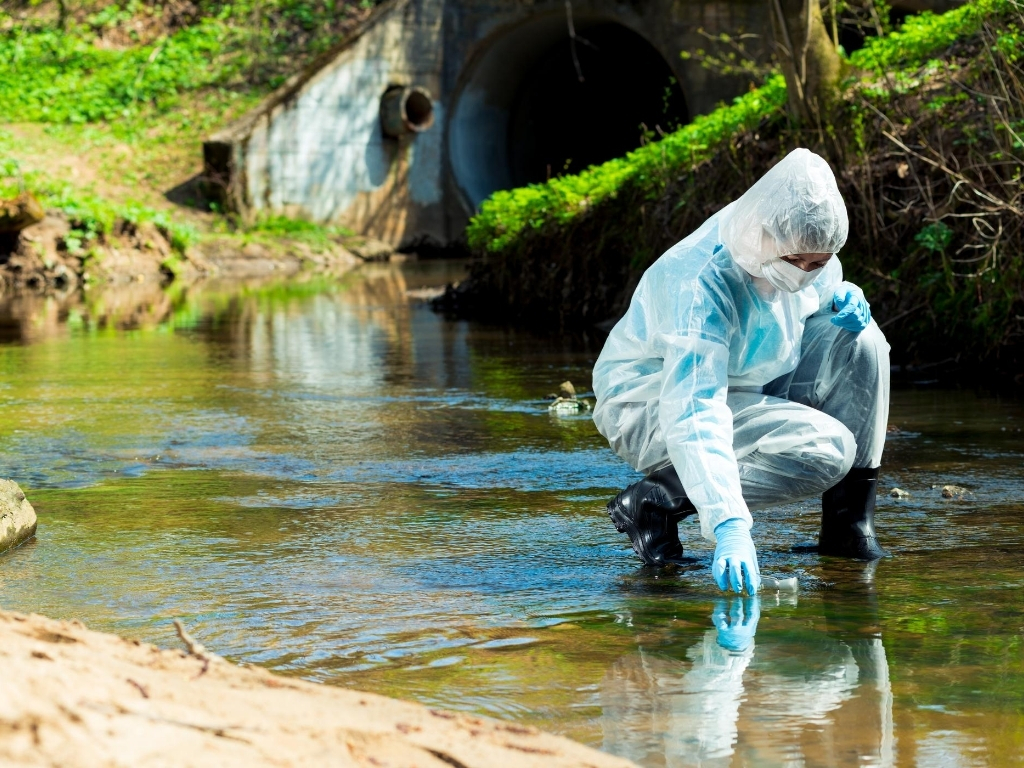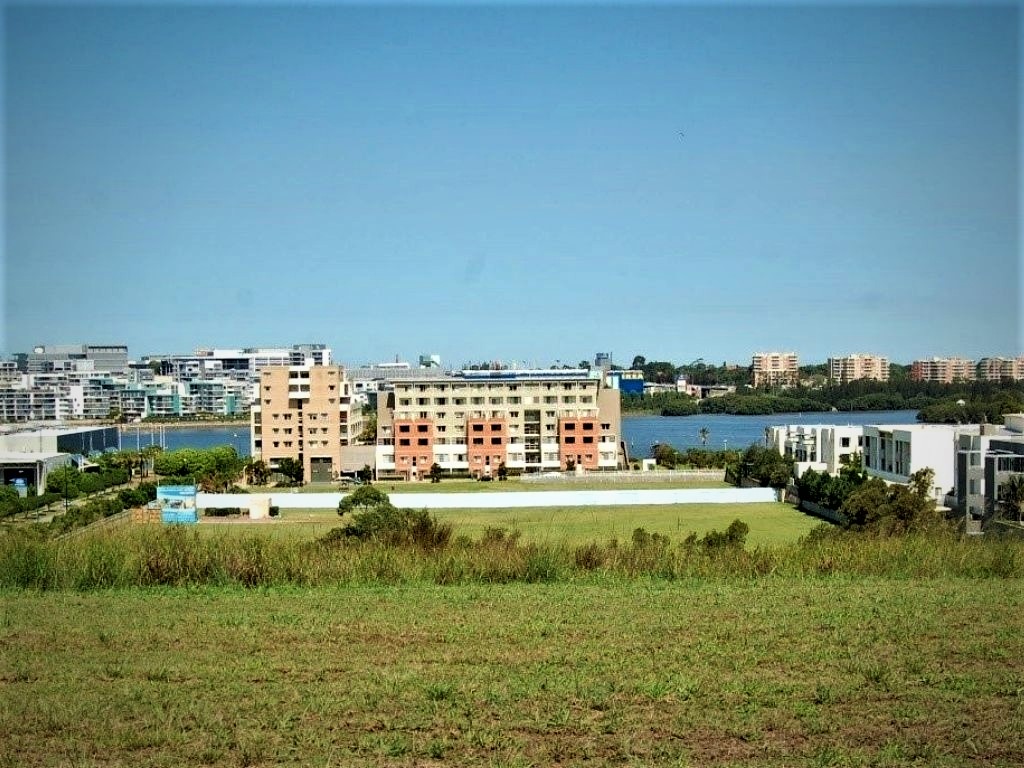This is an online only, full-day short course that provides a stand-alone introduction to contaminated land. It can be taken as a single day course, or in combination with Modules 2 and 3 of the series. It is presented in lectures and workshops with a focus on interactivity and learning by doing.
The day will include at least four different guest presenters who are recognised experts in their organisations, and will be representatives of contaminated land consultancies, NSW Site Auditors and Councils with particular expertise and experience in contaminated land issues in a local government context. The day will be facilitated by the Course Coordinator.
Course content
The course will cover the following content:
- Land uses (rural and urban) that can cause contamination
- Typical contaminants and their behaviour in the environment
- Contaminated land stakeholders and roles
- How contaminants can harm people and ecosystems
- Public communication of contamination issues.
Delivery details
Topics will be explained in lectures lasting between 30 and 90 minutes, with opportunities for questions and discussion. Presenters will share slides, and other visual material over Zoom. Each session will include exercises for you to complete, to consolidate your learning and practice the skills you have learned.
Typical exercises include group work to solve problems, group discussions around common issues and exercises where you may be asked to annotate drawings, perform calculations or answer questions. These exercises are for learning and are not part of the optional assessment.
Resources and pre-reading
Our UTS Open learning platform, Canvas, will provide course summary information, contact details and profiles of all the presenters. It will also host the lecture and workshop notes and slides, a reading list and useful links to appropriate resources. The Canvas site will be available prior to the course commencement and will remain available to participants for several months after course completion.









